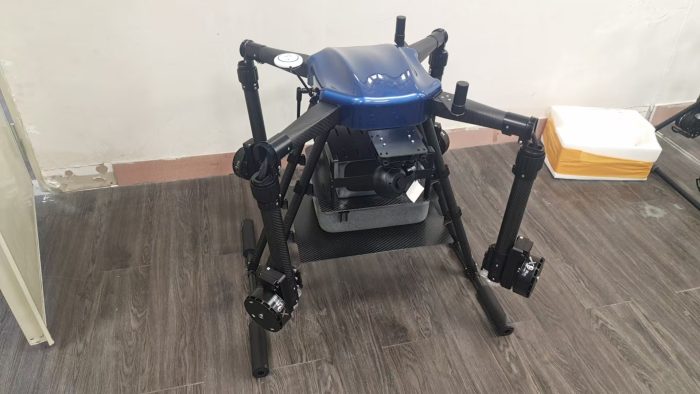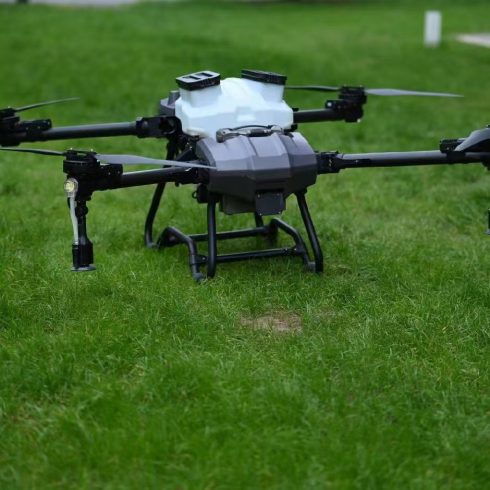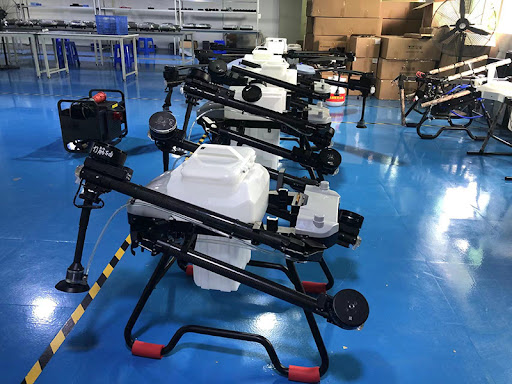![图片[1]-Autonomous Precision: How Next-Gen Spray Drones Are Transforming Global Agriculture-msoen](https://www.msoen.com/wp-content/uploads/2025/04/4e0da2d332214638-768x1024.jpg)
Autonomous Precision: How Next-Gen Spray Drones Are Transforming Global Agriculture
Target Keywords: autonomous crop spraying drones, AI-driven pest management, drone swarm farming, precision chemical deposition, sustainable agrochemical application
The Crisis Driving Innovation
By 2050, the world must produce 56% more food than in 2010 while using 5% less arable land (World Resources Institute). Traditional pesticide application methods waste 70% of chemicals due to drift and over-spraying, costing farmers $26 billion annually. Enter autonomous spray drones—a fusion of robotics, AI, and agronomy redefining crop protection efficiency.
This article unveils cutting-edge drone technologies enabling farms to achieve 40% chemical savings and 25% yield boosts, aligning with the UN’s Sustainable Development Goals (SDGs) for zero hunger and climate action.
Core Innovations Redefining Spray Drone Capabilities
- Cognitive AI for Real-Time Field Intelligence
Modern drones deploy:
- Hyperspectral imaging: Detects early-stage infestations (e.g., aphids, blight) at 2mm resolution
- Neural network processors: Analyze 50+ variables (soil moisture, crop stress) to adjust spray logic
- Dynamic droplet control: Adjusts 100x/second between 50μm (fungicides) and 300μm (herbicides)
A 2024 MIT study showed AI drones reduced late-season soybean disease by 63% versus calendar-based spraying.
- Swarm Orchestration for Mega-Farms
Coordinated drone fleets:
- Map 10,000-acre fields in <2 hours via LiDAR mesh networks
- Optimize paths using ant colony optimization algorithms
- Achieve 99.7% spray coverage with 1.2% chemical overlap
- Hydrogen Fuel Cell Endurance
Next-gen power systems:
- Deliver 120-minute continuous flight times
- Reduce operational costs by 40% vs. lithium batteries
- Enable -20°C to 50°C operation for global deployment
Tangible Benefits Across Farming Sectors
- Profitability Metrics
- Coffee plantations (Colombia): 32% lower leaf rust damage, $220/hectare chemical savings
- Wheat belts (Australia): 18% yield increase via precision growth regulator application
- Environmental Compliance
- Meet EU Directive 2023/564 pesticide reduction mandates
- Cut water usage by 85% via ultra-low-volume (ULV) spraying
- Eliminate 12 tons CO₂/year per 500ha farm vs. tractor systems
- Labor Revolution
- Replace 15 high-risk manual spray jobs with 1 drone operator
- Enable nighttime operations via thermal/NIR sensors
Pioneering Applications Reshaping Agriculture
Case 1: Desert Farming in UAE
Al Ain date palm growers:
- Reduced red palm weevil pesticide use by 55%
- Increased pollination efficiency via simultaneous drone-assisted pollen dispersal Case 2: Nordic Precision Forestry
Swedish pine forests: - 89% accuracy in bark beetle larvae targeting
- 70% faster response vs. helicopter spraying
The Road Ahead: 2025-2030 Innovations
- Quantum-Sensor Fusion
Upcoming drones will integrate:
- Quantum radar for sub-canopy pest detection
- Graphene-based spray membranes for 99% chemical utilization
- Regenerative Agriculture Integration
- Drones to seed cover crops and apply bio-stimulants
- Carbon credit tracking via blockchain-linked spray logs
- 6G-Connected Farm Brains
Real-time syncing with:
- Satellite soil carbon maps
- Commodity futures markets for ROI-optimized spraying
Call to Action
Lead the agritech revolution with our Autonomous Spray Drone Solutions. Schedule a free demo to simulate your farm’s 5-year sustainability gains.
Meta Description: Discover AI-driven spray drones that slash pesticide use by 40% while boosting yields. Explore hydrogen-powered swarms, quantum sensing, and 6G-connected farm ecosystem












暂无评论内容